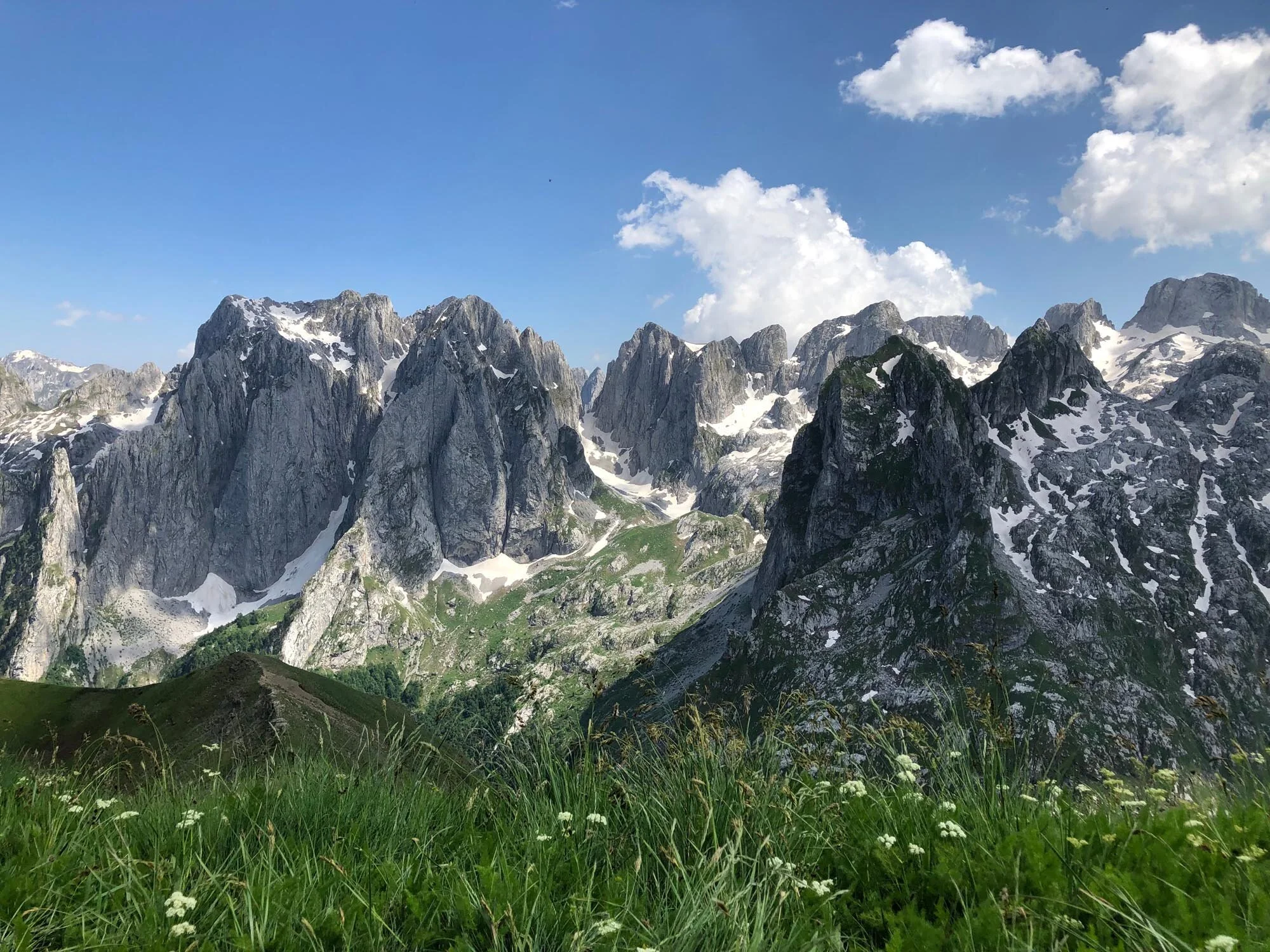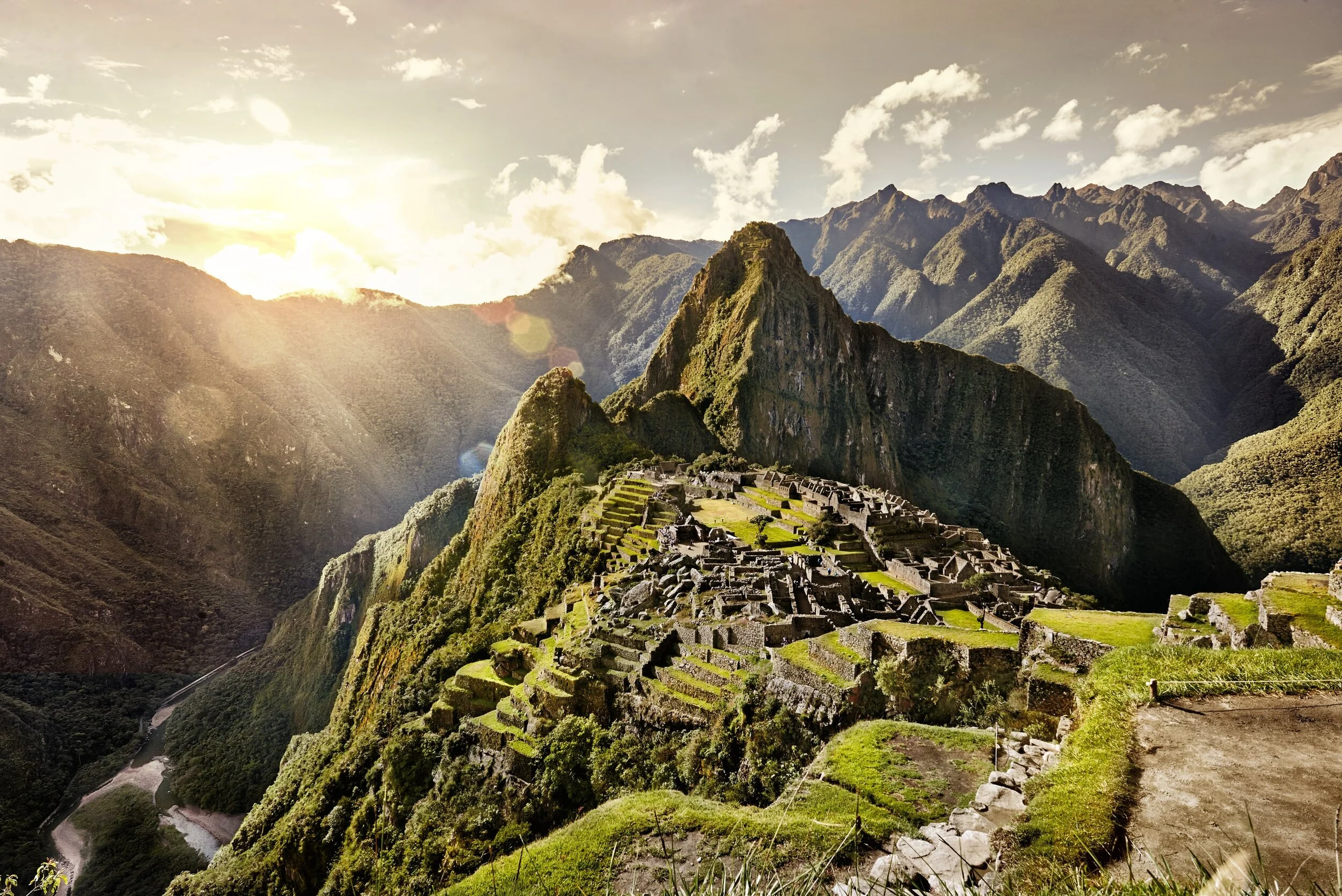Your Day Pack: What to Pack and How to Pack it
Figuring out exactly what you need for a typical day trekking can be a nightmare. Thankfully, preparing a daypack is a skill the Choose a Challenge team have got down to fine art -we've made packing mistakes in the past so you don't have to!
What Type of Bag Do I Need?
Our Recommendations
Before we get down to the nitty-gritty, you've first got to make sure you've got yourself the right backpack for a trekking challenge! We recommend your bag is around 30 litres in size, with both a waist-strap and chest-strap, as these will help distribute the weight of your bag, as well as ensuring your straps aren't going to move around and rub as you walk. Your bag should weigh roughly 6kg when you're trekking.
Fitting your Bag
You should also make sure your bag is properly fitted. Find your hip-bones and make sure that the waist-strap falls just above them. If it doesn't you will need to make your shoulder straps shorter. The beginning of your shoulder straps should fall roughly in line with the top of your shoulders to make sure they are nice and secure.
What Do I Need?
As with any trip, there is a fine line between under and over-packing your daypack. A good way to ensure you've not gone massively overboard is to weigh your bag once you've popped everything into it - if it's much more than 6kg then you probably need to take something out! We've come up with a list of recommended items to try and help you plan.
Your Kit List
Water
Staying hydrated is crucial on all of our treks. Drinking lots of water not only keeps your muscles energised but can also help you avoid altitude sickness. You need to have the capacity to carry 2-3 litres of water in your daypack. We recommend you bring both a hard plastic bottle and a water-bladder to carry your water. Soft plastic (e.g. Evian water bottles) are not appropriate as some national parks do not allow this kind of plastic into their grounds.
Snacks
We make no secret of the fact that on our challenges you get fed very well! The porters and cooks will make sure you eat huge portions of breakfast, lunch and dinner whilst you're trekking to make sure you've got lots of energy, but taking a coupe of snacks from home is still a great idea. If you feel unwell or tired, having some sweets or other home comforts can be a great way to improve your mood!
Camera and Chargers
These are both totally optional - you may be wanting to head out on your trek to completely switch off ,enjoy the incredible scenery and not use any technology. But if you do want to get lots of amazing pictures of your challenge, you'll need to make sure you've got plenty of power banks charged and to hand, as you're not going to see any power sockets along the trail! If you're thinking of bringing a camera you may also want to bring spare fully charged batteries. It's important to note that lithium batteries lose power far quicker when they are cold, so you may want more than one power bank.
Waterproofs
There is nothing worse than heading off on a sunny morning in your shorts and t-shirt and the heavens opening and getting absolutely drenched! Make sure you've always got a waterproof jacket and trousers packed in your daypack, the weather can be very changeable on our treks, and it's always better to be safe than sorry!
Extra Layers
You will often find that the day will start off nice and warm and the temperature will gradually drop. Micro-fleeces are the perfect item that will roll up nice and small to slot into your bag. Similarly, you may find that the start of your trek is cool and you're wearing a couple of layers, but that the temperature warms up. Make sure that you've got space in your bag to put a jumper in, should you need to take it off.
Suncream, Sunglasses and a Hat!
Sun protection is really important whilst you're on your trek. You may find that you won't have any proper shade for a few hours, so making sure you've got suncream with a good spf (factor 30 minimum is what we recommend) and a hat are crucial to keeping you safe in the sun.
First Aid Kit
All the guides on your trek will be first-aid trained, and they'll also have with them a fully stocked medical-kit. We still suggest that you bring your own first-aid kit that's stocked to cover minor injuries or sickness. Please take a look at our blog on Packing Your First-Aid Kit to make sure you know exactly what you need!
How Do I Pack?
There are no right or wrong ways to pack your kit, it's simply important to make sure you have all the necessary items to keep yourself safe and comfortable whilst you're trekking. After years of trekking experience, our team have come up with a couple of top packing tips to help make the task as painless as possible!
Waterproofing your Bag
Firstly, you're going to want to make sure your belongings are going to stay dry should you encounter any rain. You can purchase a waterproof rain cover for your bag or a waterproof liner (or both if you're super-prepared!) Your waterproof rain cover doesn't need to be on all the time, and can be stashed in a side pocket for easy access should the weather turn suddenly. A bag liner will sit inside your bag at all times. If you're using a water bladder we recommend placing it outside of the bag liner, so in the highly unlikely event it bursts it won't soak all the rest of your things. This is really important if you're planning on bringing a camera with you!
Prioritise!
When packing items into the main compartment of your bag, place things you won't often use towards the bottom, such as your camera, first aid kit and warm layer. Pop the things you'll want to grab quickly towards the top - your sunhat, waterproofs and water. Snacks, extra water and sun cream are all perfect to slot into the pockets of your bag so that you can grab them easily whilst you're trekking.
Now you’re a day-packin’ pro, why not check out our guide to picking your main bag!











